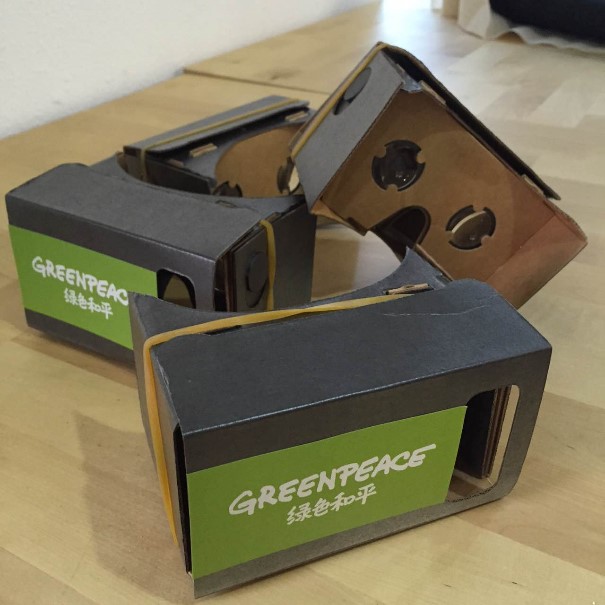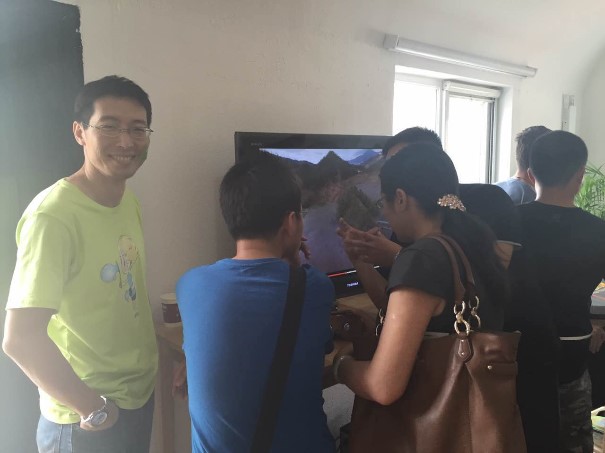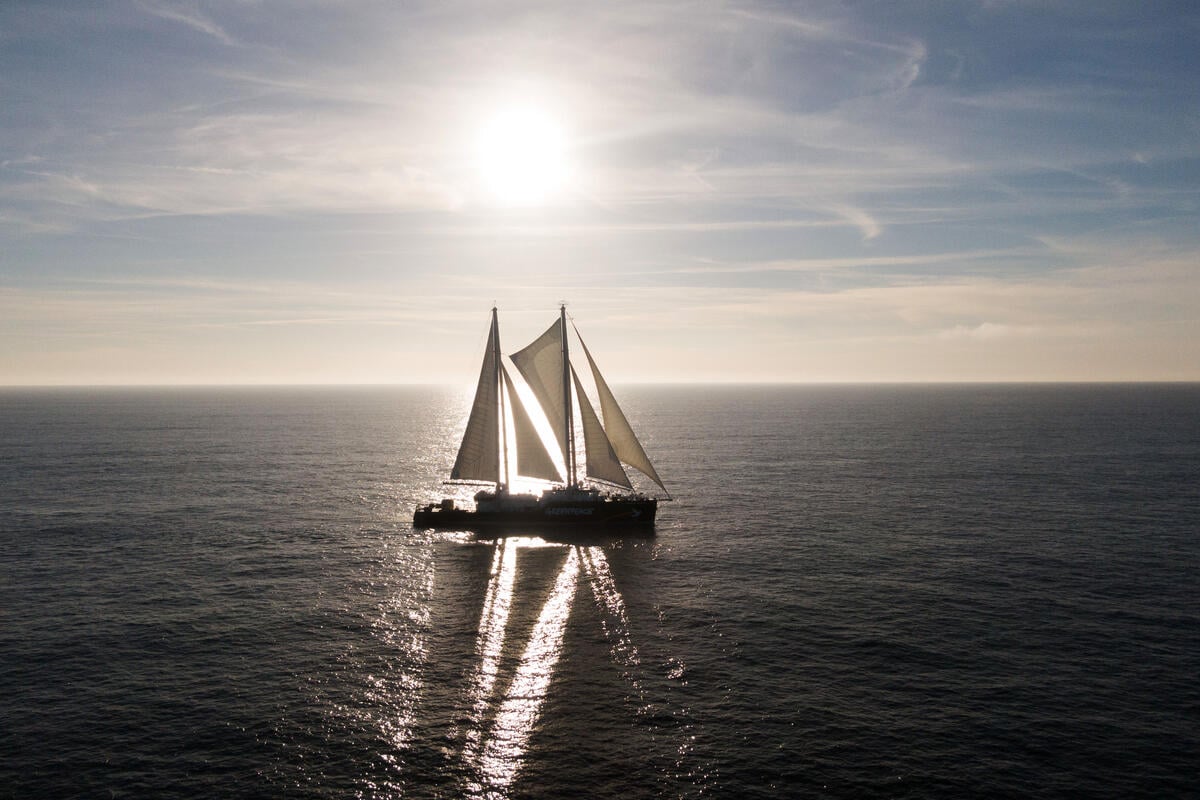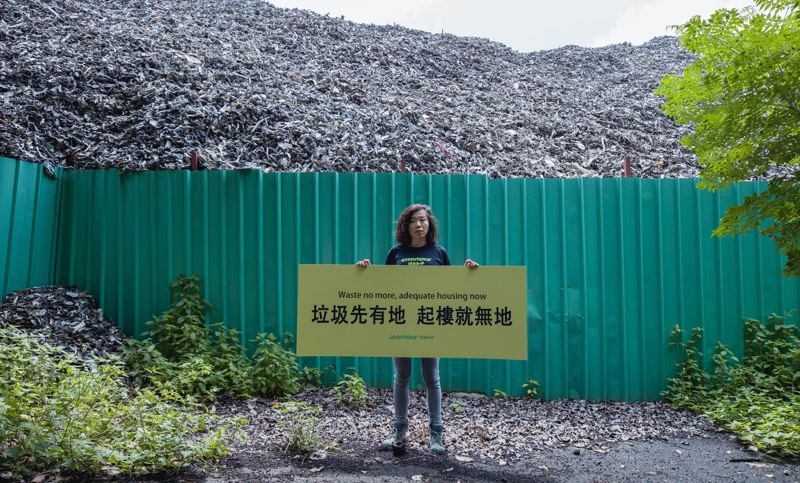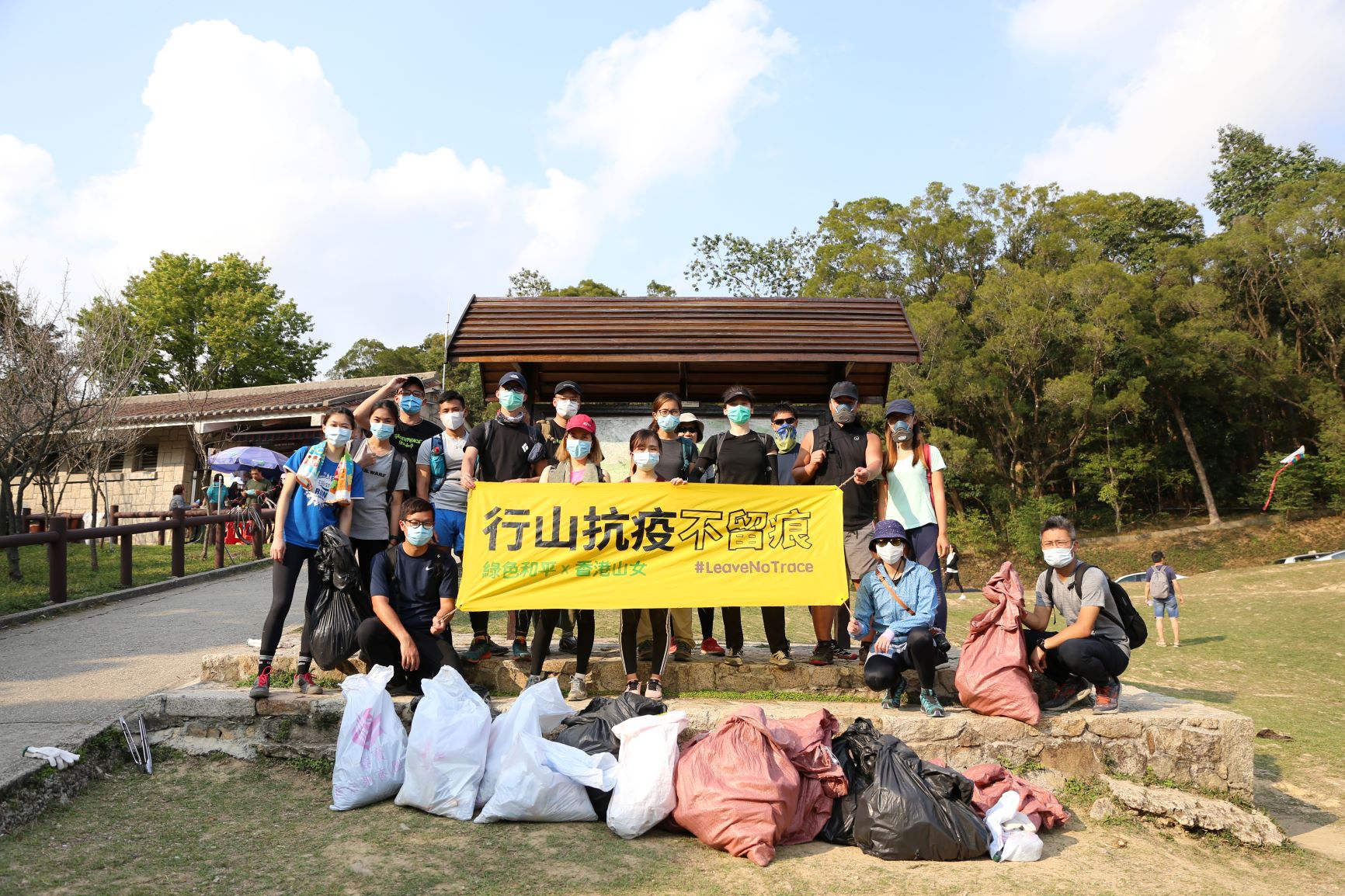At Greenpeace, we try hard to stay ahead of the curve and keep an eye out for new technologies that will help spread our message. Here in Mainland China, typical Greenpeace large-scale stunts are out of bounds, so we have to think of imaginative ways to bring public attention to environmental issues. UAVs (or drones as they are commonly known) have proved a useful tool.
Our new video builds on our drone platform to provide the next step in immersion: interactive spherical video.
[Only available on desktop on Google Chrome]
The idea of shooting a 360 video came during a scouting trip to a Jinding town, a small town in Yunnan province. Yunnan has long been famed for its beautiful scenery, but now suffers the most serious heavy metal pollution in all of western China. Jinding town is literally in the shadow of Asia’s largest lead mine. Some homes are less than 100 metres from the huge smelting complex.
As a result, the local residents have numerous health problems, especially the children, who are particularly susceptible to lead absorption. In 2006, the mine agreed to move to resettle the residents away from the contaminated area – but nine years later, they’re still here.
When we looked over a set of aerial photos we’d taken, the idea to make a “sky view map” quickly emerged. Many trials with mobile phones and small cameras later, it was clear that 360 panographic video would be the key to realising our ideas. And so we got to work.
Several crash-landing tests in the park near our office taught us the first, and most obvious lesson: A very heavy camera needs a very large drone. This isn’t ideal: A bulky and noisy camera, so heavy it needs to be carried by two people, is not the ideal equipment to haul through rural Yunnan – especially when you’re trying to avoid being spotted filming.
The heavy pollution in the area was another issue, and we all got lessons in patience waiting for the clear skies needed for filming.
Our latest video showcases a lot of emerging technology. We mounted 6 separate GoPro cameras inside a specially designed rig made from 3D-printed aircraft grade flexible nylon, then attached the whole thing to a drone for a flight over the tailings dam of the enormous lead mine.
The result leverages Youtube’s new support for 360° video to provide an interactive viewing experience. You can even take it one step further and view the video using a 3D headset such as the Oculus Rift (or much cheaper Google Cardboard) for the dubious pleasure of feeling yourself flying over the toxic wastewater.
We also learned a few key lessons during production. Most importantly, do not underestimate the time and space required to process the video. From transferring data from the field, to colour correction to rendering the final product: everything can effectively be multiplied by six. We took advantage of GPU rendering technology from Kolor to speed up the stitching process, but synchronisation, horizon drift and motion compensation are still hard problems to overcome, particularly in windy conditions or if there are any incorrect settings on any of the cameras.
We finally got to present it to the public at a jam-packed press conference at the Greenpeace China offices earlier this week. It was exciting to give people their first experience in 360 video, and from what we saw, it was exciting for our guests too!
For Greenpeace, technology is first and foremost a way for us to campaign more effectively and directly.
Behind the technology are real people, enduring unspeakable living conditions. 360 technology not only enables us to bear witness to the environmental crimes being committed in some of the remotest corners of the country; it allows us to live them too.
Leon White and Yi Wu coordinate actions and technology at Greenpeace East Asia
More information:
Hear more about the children of Jinding town
Watch an animated infographic on Weibo

